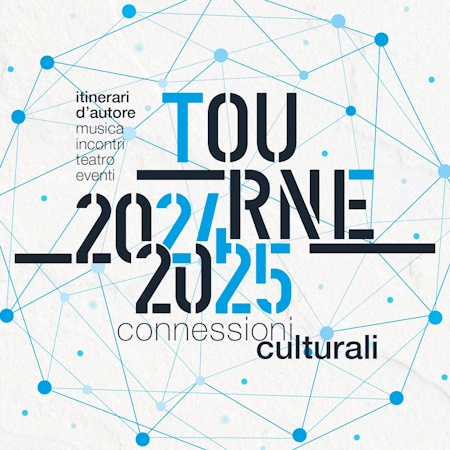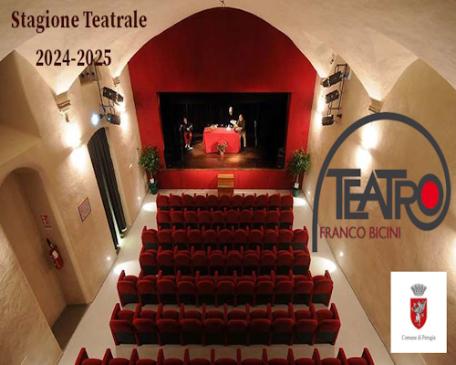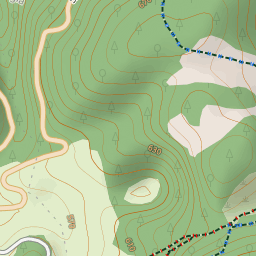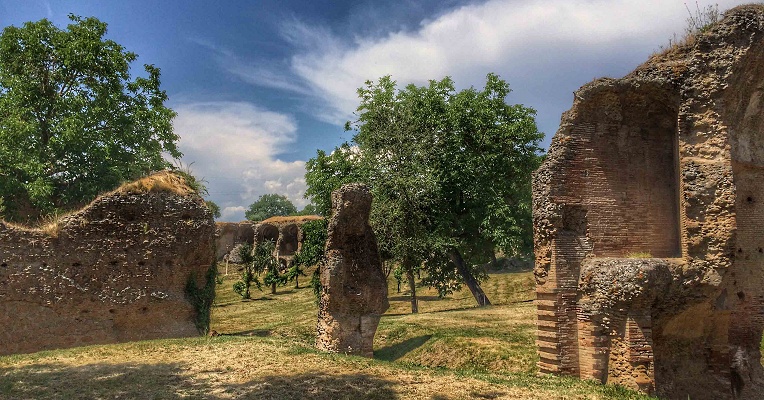At the height of ancient Narnia, the road splits into two branches: the western one, Flaminia vetus, which continued from Narni towards Carsulae, heading towards Bevagna and Nocera Umbra; the eastern one, Flaminia Nova, of primary importance for trade, as it had stops at flourishing towns like Terni, Spoleto, and Foligno. Both of these routes still traverse Italy today, crossing the region and intersecting with some unmissable archaeological sites.
In this itinerary, we will travel along the oldest of the two branches, the Flaminia Vetus: a journey immersed in greenery and in the footsteps of the ancient Romans.





































